Affiliate links on Android Authority may earn us a commission. Learn more.
Samsung Galaxy Note 10 Plus vs Apple iPhone XS Max: Which is right for you?
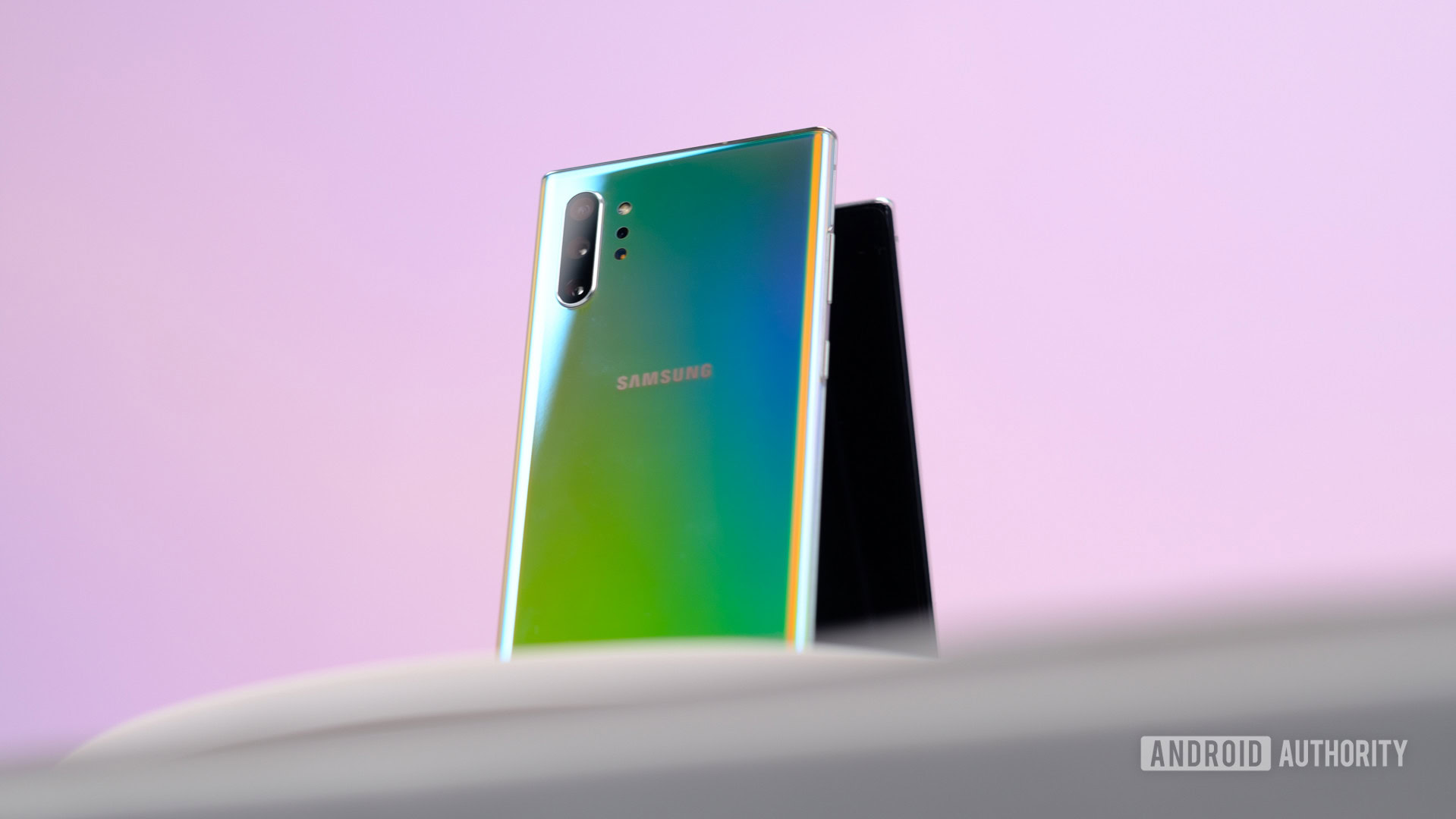
The newly announced Samsung Galaxy Note 10 Plus is the latest top-of-the-line flagship handset in the Note family. It has lots of high-end features, including a huge screen, plenty of RAM and onboard storage, an embedded stylus, and much more.
How does the Note 10 Plus compare to the current flagship phone from Samsung’s biggest rival? Let’s compare the specs and price of the Note 10 Plus with the Apple iPhone XS Max.
The Galaxy Note 10 Plus is almost as large as the Galaxy S10 5G, which was first released just a few months ago in May 2019. Design-wise, its bezels are smaller compared to the older Note 9 phone, with a huge screen-to-body ratio. Its front-facing camera uses the popular punch hole design to add even more display space to the phone. The screen itself is a huge 6.8-inch Dynamic AMOLED Infinity-O display with 498ppi and a resolution of 3,040 x 1,440.
Read more: Samsung Galaxy Note 10 and Note 10 Plus specs: Two steps forward, one step back
Inside the Note 10 Plus, there’s a Qualcomm Snapdragon 855 processor for the U.S. version, and Samsung’s own Exynos 9825 chip for other international markets. The Note 10 Plus has a massive 12GB of RAM and onboard storage options of either 256GB or 512GB. It even comes with a microSD card slot for adding even more storage.
The Note 10 Plus has four rear cameras — an ultra-wide 16MP sensor (f/2.2) with a 123-degree field-of-view, a wide-angle 12MP camera (f/1.5-f/2.4, OIS), a 12MP telephoto lens (f/2.1, OIS), and a VGA “DepthVision” camera (f/1.4). It has a single 10MP front-facing selfie camera.
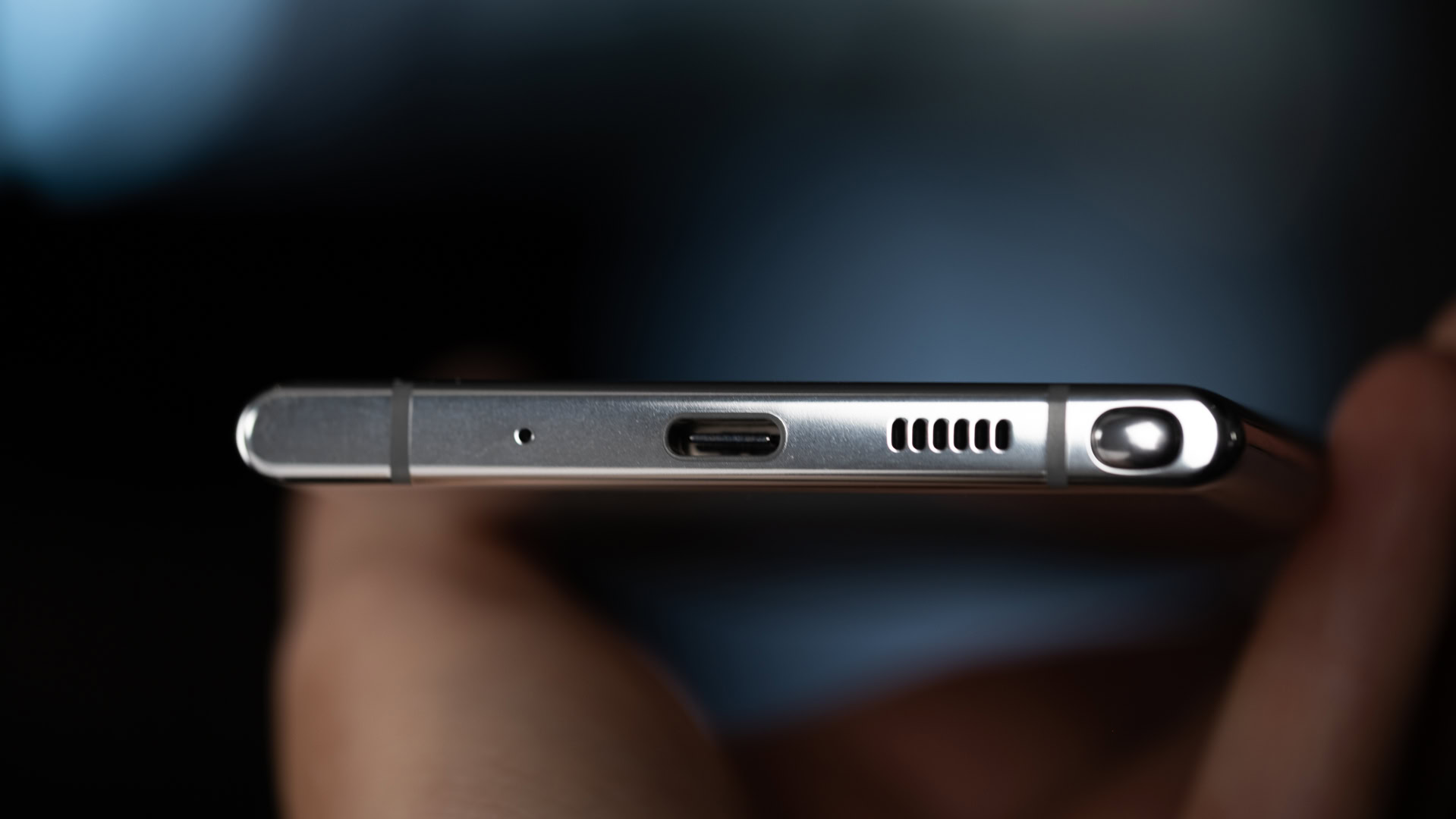
The Note 10 Plus’ other hardware features include an ultrasonic in-display fingerprint sensor, an IP68 rating, and a way to access Samsung’s digital assistant Bixby directly from its power button.
Of course, it wouldn’t be a member of the Note family without the embedded S Pen stylus. It adds handwritten note-taking functionality to the Note 10 Plus, along with Air Actions, a feature first found on the Galaxy Tab S6 tablet. You can even connect the Note 10 Plus to a Windows PC with a USB cable and use its Dex desktop mode if you want to do some serious work on the phone.
The Note 10 Plus has a 4,300mAh battery that supports Qi-based 15W wireless charging, and 45W fast charging if you get the optional Superfast Charge adapter. It also supports Samsung’s Wireless Powershare so you can wirelessly charge other supported smartphones and devices with the phone.
It has stereo speakers onboard, but the Note 10 Plus lacks a 3.5mm headphone jack.
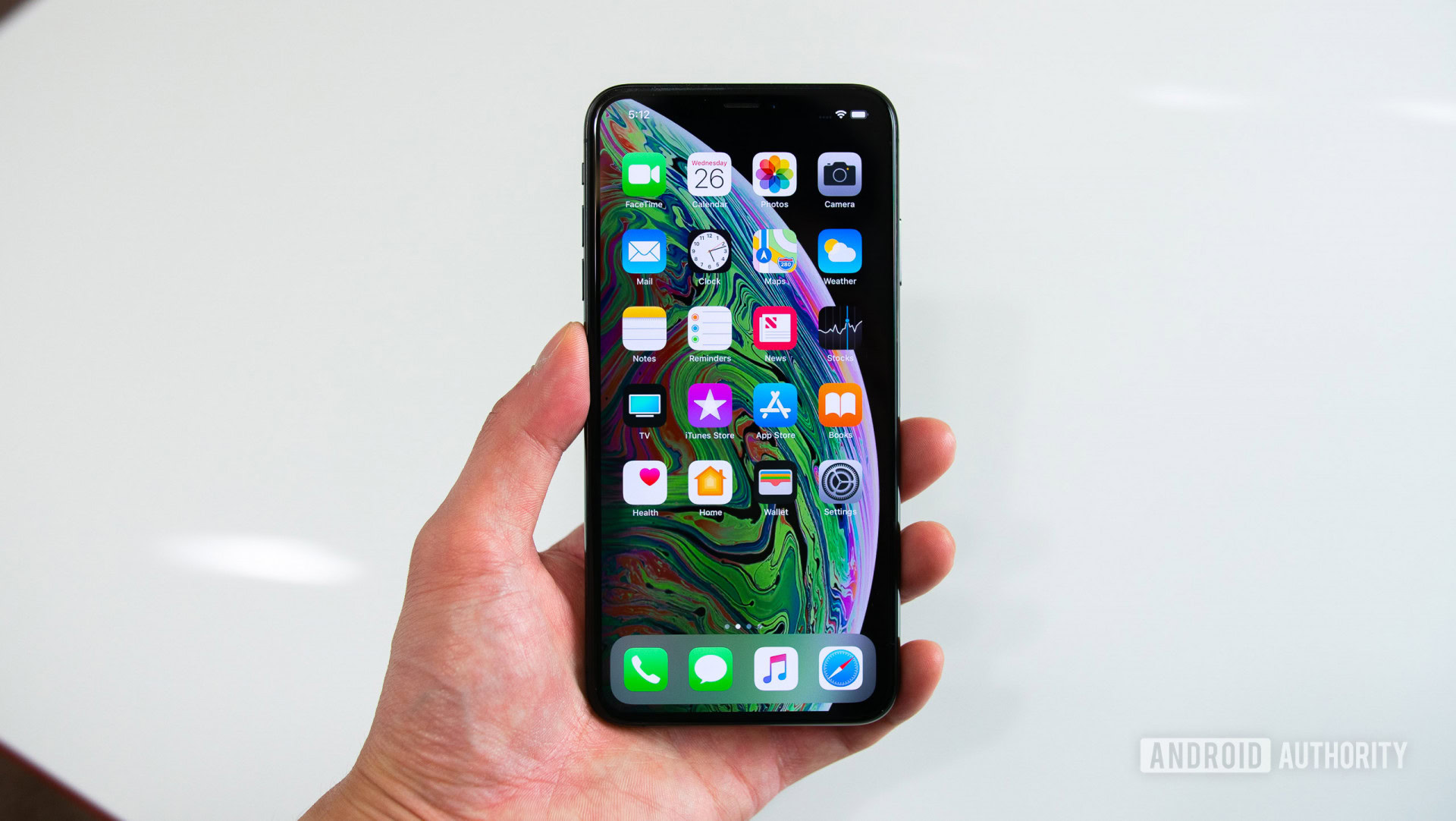
In Apple’s corner, the iPhone XS Max has a smaller AMOLED 6.5-inch display with a resolution of 2,688 x 1,242. The screen’s corners are more curved than what you’ll find on the Note 10 Plus, but it also has a much larger notch on top for its selfie cameras. The iPhone XS Max has a mere 4GB of RAM, but more storage options: 64GB, 256GB, and 512GB. However, it lacks a microSD card so there’s no way to add more storage to Apple’s handset.
The iPhone XS Max includes Apple’s in-house A12 Bionic chip, and it uses its front-facing cameras with Face ID technology to unlock the phone. Of course, it has its own Siri digital assistant, as well as an IP68 rating. It lacks an embedded stylus, and there’s no Dex-like functionality like you will find on Samsung’s phone.
Like the Note 10 Plus, the iPhone XS Max has stereo speakers, but no a 3.5mm headphone jack.
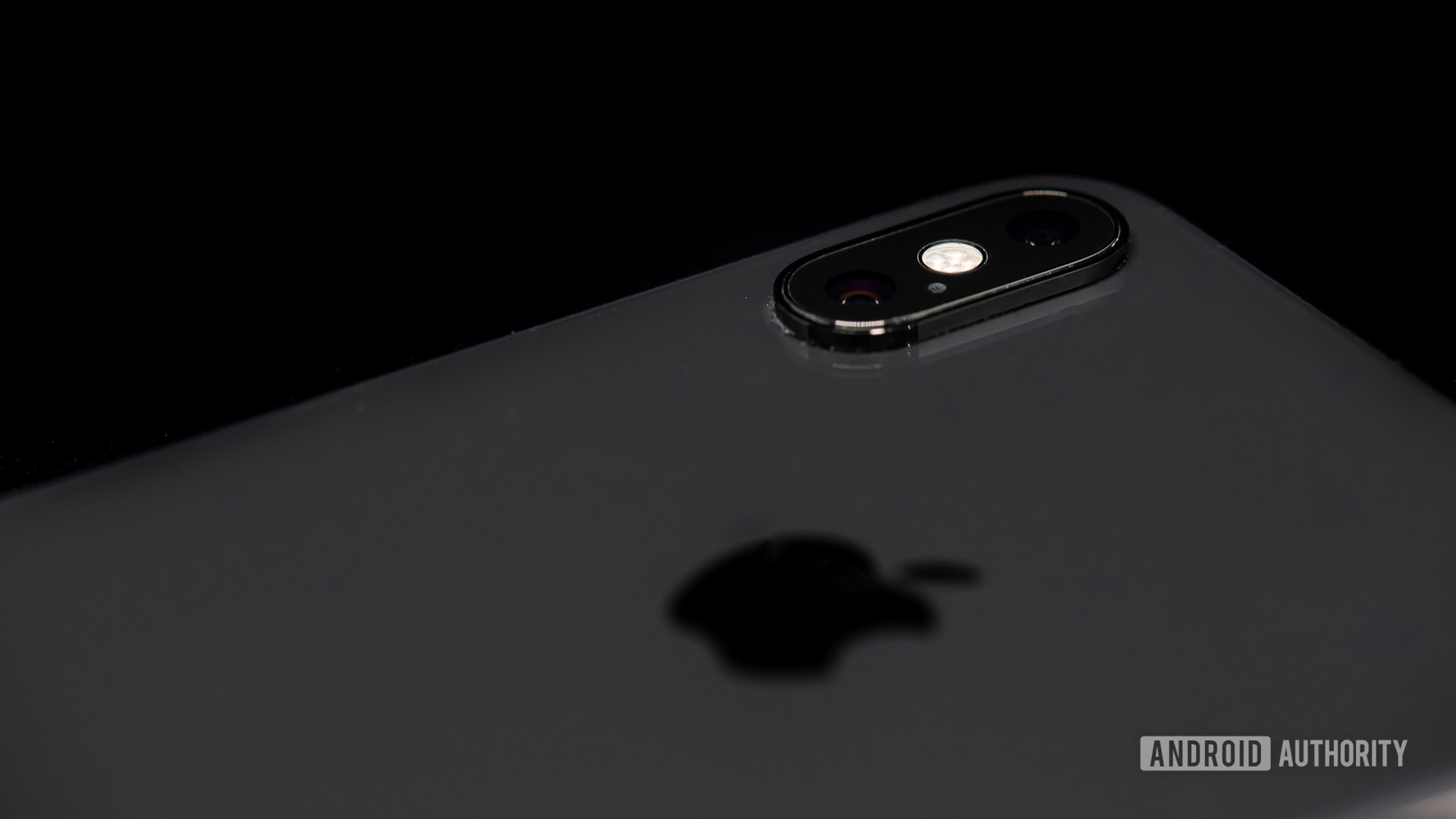
The Apple iPhone XS Max has a much smaller 3,174mAh battery with wired support for only 15W. It also supports Qi-based wireless charging. It also has two 12MP rear cameras. The primary sensor has a wide-angle f/1.8 aperture while there’s a telephoto f/2.4 lens on the secondary sensor. On the front of the phone, there’s a 7MP primary camera. There’s also a TOF 3D camera on the front for the phone’s Face ID feature.
The Note 10 Plus is, as you might expect, a highly expensive phone, with a starting price of $1,099 for the 256GB version. The iPhone XS Max is also a pricey phone. In fact, it starts at the same price as the Note 10 Plus.
Another big difference between the two phones is that Samsung plans to release a version of the Note 10 Plus this year with 5G support. The iPhone XS Max does not have 5G, and Apple is not likely to release 5G iPhones until at least the fall of 2020. On the other hand, 5G network support in the U.S. will be spotty, to say the least, for a while, so ultimately this won’t be a huge factor when buying a phone this year.
| Samsung Galaxy Note 10 Plus | Apple iPhone XS Max | |
|---|---|---|
Display | Samsung Galaxy Note 10 Plus 6.8-inch Dynamic AMOLED Infinity-O 3,040 x 1,440 resolution 498ppi HDR10+ | Apple iPhone XS Max 6.5-inch AMOLED 2,688 x 1,242 resolution 458 ppi HDR10+ |
SoC | Samsung Galaxy Note 10 Plus Global: Samsung Exynos 9825 U.S.: Qualcomm Snapdragon 855 | Apple iPhone XS Max Apple A12 |
RAM | Samsung Galaxy Note 10 Plus 12GB | Apple iPhone XS Max 4GB |
Storage | Samsung Galaxy Note 10 Plus 256/512GB microSD card slot UFS 3.0 | Apple iPhone XS Max 64GB/256GB/512GB |
Cameras | Samsung Galaxy Note 10 Plus Rear Ultra-wide: 16MP sensor, ƒ/2.2 aperture, 123-degree field-of-view Wide-angle: 12MP sensor, Dual Pixel autofocus, ƒ/1.5+ƒ/2.4 apertures, OIS, 77-degree field-of-view Telephoto: 12MP sensor, ƒ/2.1 aperture, OIS, 45-degree field-of-view Depth Vision camera: VGA, ƒ/1.4 aperture, 72-degree field-of-view Front 10MP sensor, Dual Pixel autofocus, ƒ/2.2 aperture, 80-degree field-of-view | Apple iPhone XS Max Rear: Wide angle 12MP sensor, ƒ/1.8 aperture Telephoto 12Mp sensor, ƒ/2.4 aperture Front: 7MP sensor, ƒ/2.2 aperture TOF 3D sensor |
Battery | Samsung Galaxy Note 10 Plus 4,300mAh | Apple iPhone XS Max 3174mAh |
IP rating | Samsung Galaxy Note 10 Plus IP68 | Apple iPhone XS Max IP68 |
Software | Samsung Galaxy Note 10 Plus Android 9 Pie Samsung One UI | Apple iPhone XS Max iOS 12.4 |
Dimensions and weight | Samsung Galaxy Note 10 Plus 162.3 x 77.2 x 7.9mm 196g | Apple iPhone XS Max 157.5 x 77.4 x 7.7mm 208g |
Samsung Galaxy Note 10 Plus vs Apple iPhone XS Max: And the winner is…
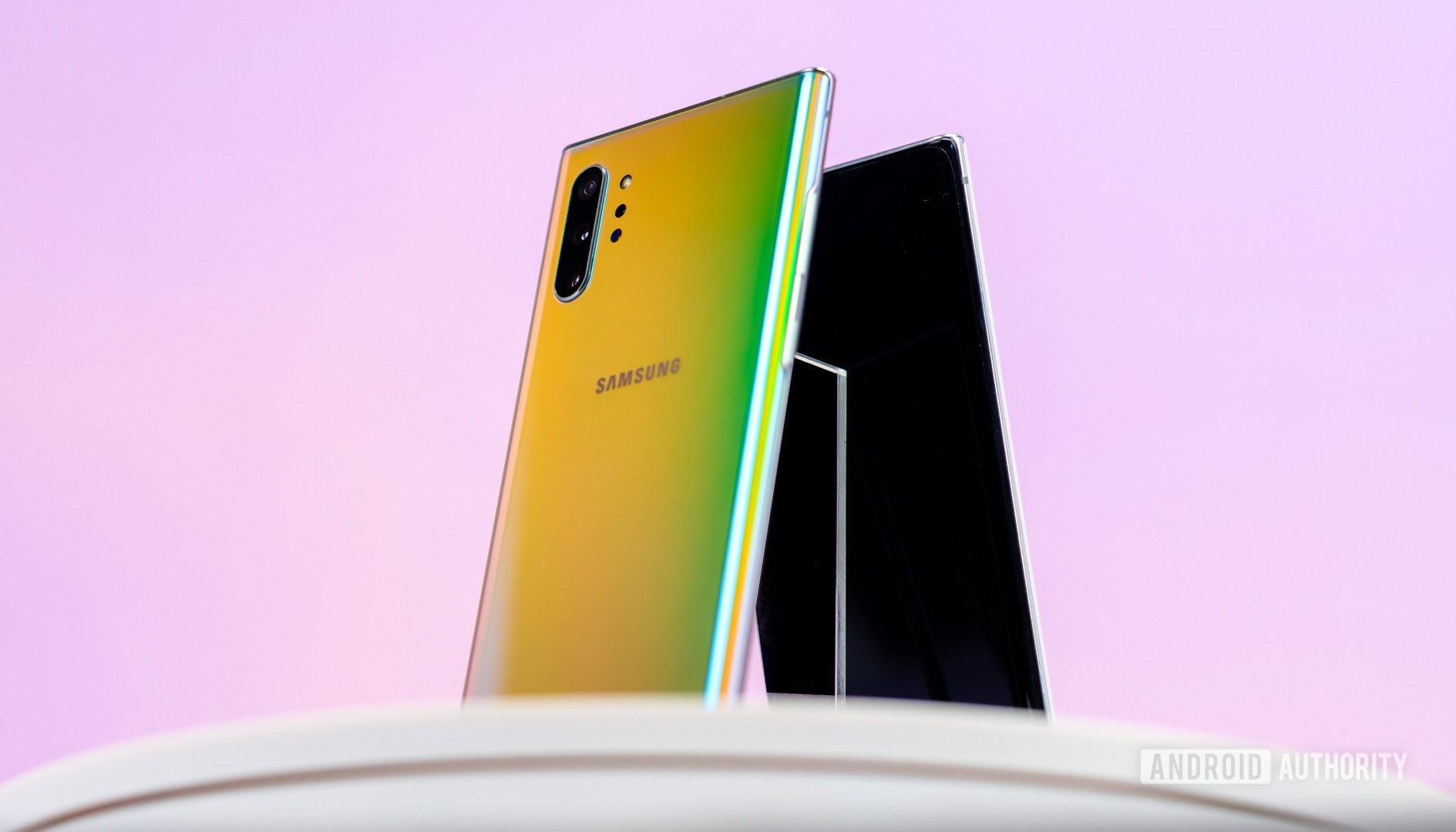
In terms of specs, the Note 10 Plus beats the iPhone XS Max in pretty much every way. It has a bigger display with a huge screen-to-body ratio, more RAM onboard, a larger battery that charges faster (if you get an optional charger), and you can add more storage to it with a microSD card. The S Pen is also a big plus for Samsung’s phone if you want to make some handwritten notes. Finally, the starting price tag for the Note 10 Plus is the same as the iPhone XS Max, but you get 256GB of storage for that $1,099 price on Samsung’s phone, compared to just 64GB of storage for Apple’s flagship smartphone
If you have the cash, the Galaxy Note 10 Plus is the phone to snap up.
The only major issue we can identify with the Note 10 Plus is that Samsung takes a fairly long time to update its phones with the latest Android versions. It will ship with Android 9 Pie, but don’t expect this phone to get the next big Android OS upgrade, which is due to roll out very soon, for at least several months. The iPhone XS Max has already updated from its original iOS 12 to iOS 12.4 since it launched in late September 2018, and will likely get iOS 13 immediately when Apple rolls it out this fall.
If you crave regular software updates on your phone above all else, the iPhone XS Max is the flagship smartphone to buy. If you are willing to overlook Samsung’s slow OS updates and you have the cash, the Galaxy Note 10 Plus is the phone to snap up.